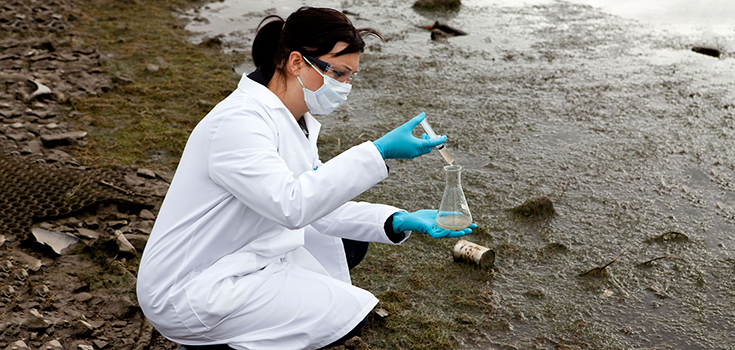More Wildlife Fish are Experiencing ‘Intersex’ – What Could be Causing This?
by Mike Barrett, Natural Society:
 More wildlife are experiencing strange reproductive abnormalities, but why? In a study released last year, the U.S. Geological Survey and U.S. Fish and Wildlife Service (USFW) tested male smallmouth and largemouth bass from 19 National Wildlife Refuges. The researchers found that 85% of the smallmouth bass “had signs of female reproductive parts.” Of the largemouth bass, 27% were intersex. What could be causing this?
More wildlife are experiencing strange reproductive abnormalities, but why? In a study released last year, the U.S. Geological Survey and U.S. Fish and Wildlife Service (USFW) tested male smallmouth and largemouth bass from 19 National Wildlife Refuges. The researchers found that 85% of the smallmouth bass “had signs of female reproductive parts.” Of the largemouth bass, 27% were intersex. What could be causing this?
Luke Iwanowicz, a USGS research biologist and lead author of the paper, says:
“It is not clear what the specific cause of intersex is in these fish. This study was designed to identify locations that may warrant further investigation. Chemical analyses of fish or water samples at collection sites were not conducted, so we cannot attribute the observation of intersex to specific, known estrogenic endocrine—disrupting chemicals.”
Referencing an older study also examining examining Intersex occurrence in freshwater fishes in the U.S. between 1995 and 2004, Fred Pinkney, a USFWS contaminants biologist and study coauthor, said:
“The results of this new study show the extent of endocrine disrupting chemicals on refuge lands using bass as an indicator for exposures that may affect fish and other aquatic species. To help address this issue, the U.S. Fish and Wildlife Service encourages management actions that reduce runoff into streams, ponds and lakes — both on and off of refuge lands.”
Possible Chemical-Culprits
As Pinkney mentioned, chemical runoff could be a real issue here. There are a number of chemicals and contaminants that could be contributing to these reproductive problems, including:



